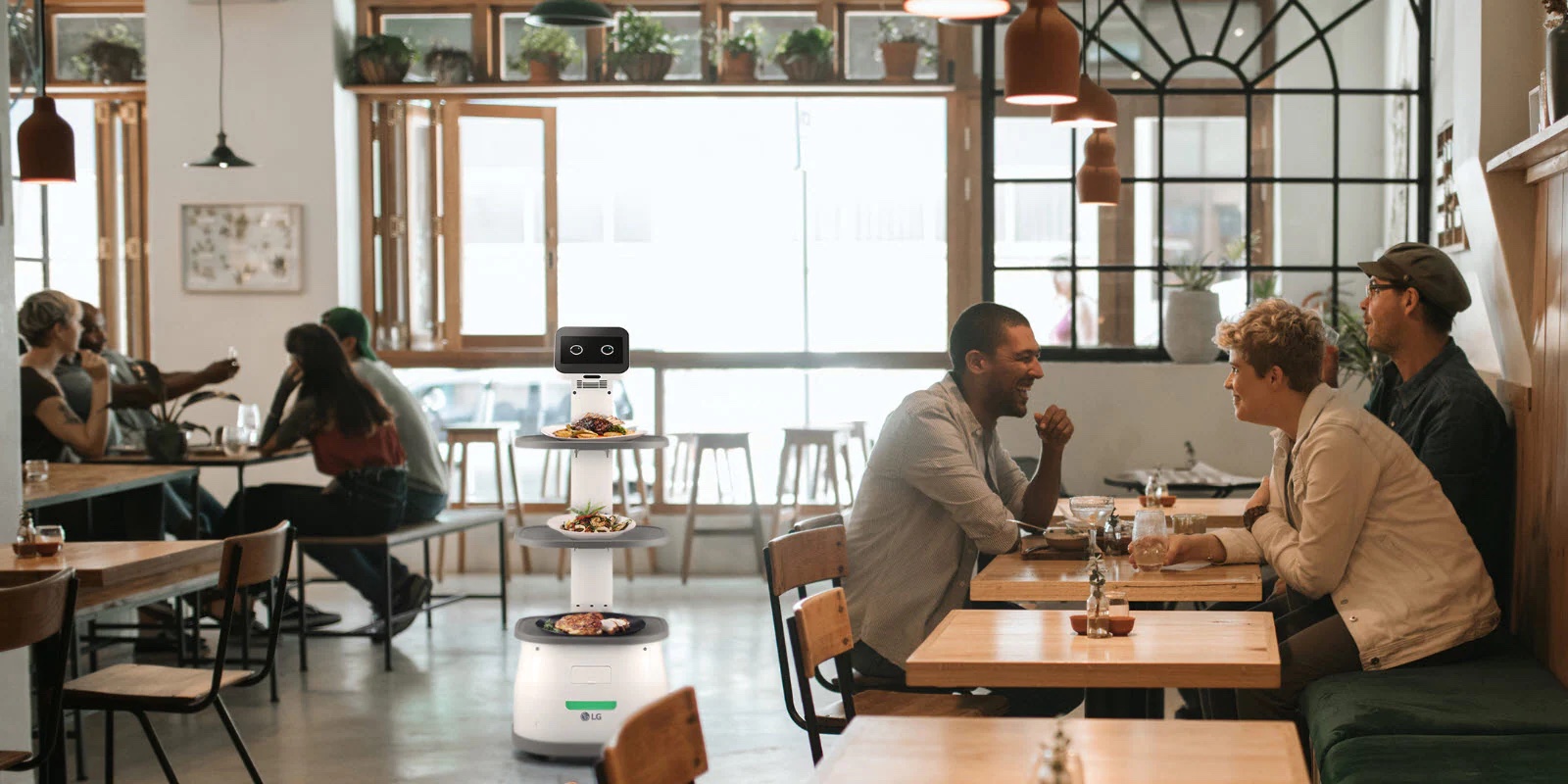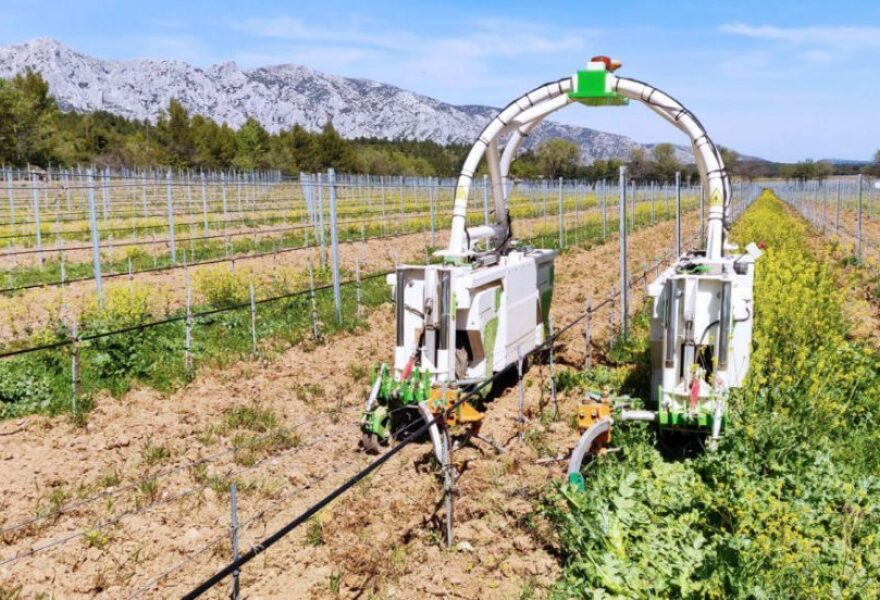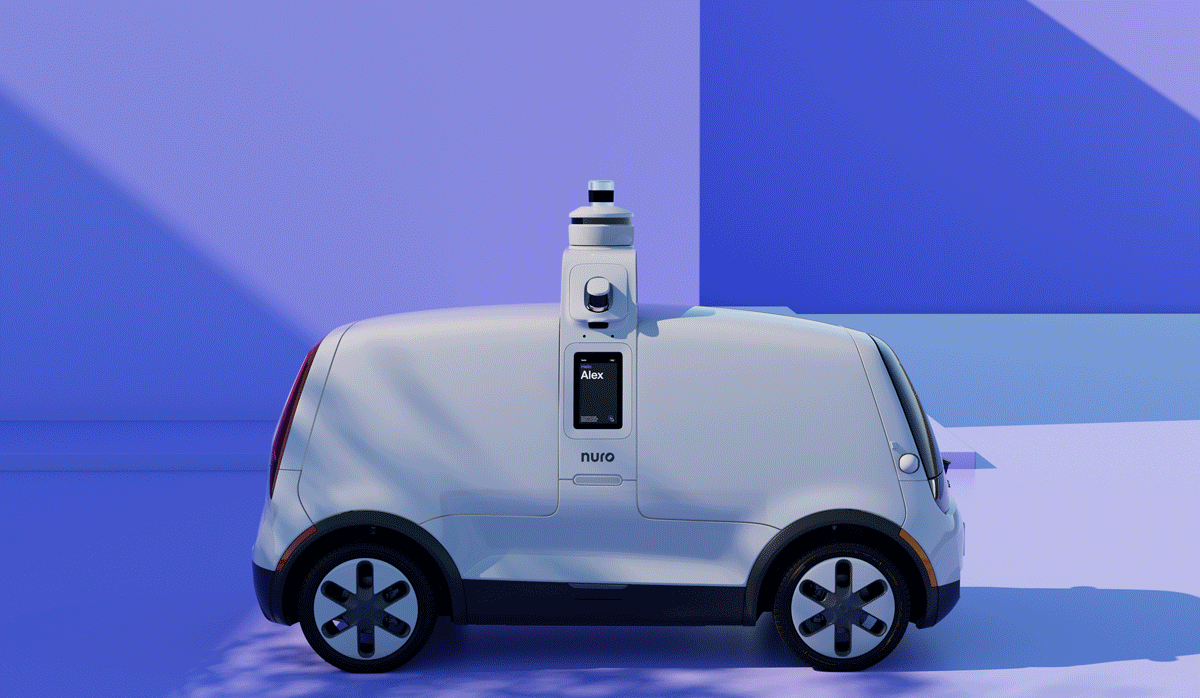Even in the era of the virtual event, it tends to take me a few days to recover from the whirlwind of CES. Frontloading the year’s big hardware news is a bit less than ideal, but perhaps the changing nature of the big tech event will bring adjustments to the news cycle, as well. For this reason, I’m frankly a bit relieved that it has been a slow week on the robotics news front — even if that means this is going to be a shorter newsletter.
Having nearly a week’s distance from the show does, however, bring some added perspective on its emerging trends. From where I sit, here are the key things the robotics world can take away from CES 2022.
Automotive is going to continue to be a key driver. What started as interest in manufacturing has grown into the world of autonomous vehicles — and beyond. Hyundai had, by far, the biggest headline-grabbing news, though the carmakers’ announcements were a little all over the place. The company’s PnD (Plug and Drive Module) continued the broad concepts around autonomous mobility, which could eventually reach into the world of mass transit.
Its concepts for Boston Dynamics’ Spot system, on the other hand, ran the gamut from the practical to shooting the robot into space, so Earthlings can interact with the metaverse on the actual surface of Mars. That sounds fine, but there’s still plenty of practical work to be done in the meantime, and I go back and forth on how useful these big conceptual pitches are — particularly in an age where we’re actually seeing a lot of robots work alongside us.

Image Credits: LG
By and large, I think consumer electronics firms were less reliant on robotics as a kind of shorthand way of demonstrating that they’re thinking about the future. The big caveat to this is LG, which announced UL certification for its CLOi ServeBot. The differentiator here is that LG does, in fact, appear to be taking robotics more seriously than others. That means, in part, focusing on near-term practical applications, rather than showcasing videos about how the homes of 2050 might look with their robots around.
We touched on UV disinfecting robots last week (including one from LG) as an easy and practical near-term use for indoor-navigating robots. It’s something people are increasingly concerned with a few years into this pandemic and ultimately it makes a lot of sense. ServeBot, as the name implies, is looking to take on systems like those by Bear Robotics — offering, in effect, a second set of arms for servers. Like Bear, restaurants are on the list of clients, along with hotels and stores.
The system is capable of carrying around up to 66 pounds for up to 11 hours on a charge. LG’s Jeffrey Weiland says, “As the first commercial service robot to receive UL certification for safe operation in consumer environments, the CLOi ServeBot’s semi-autonomous operation offers businesses an effective means to provide enhanced service, while freeing staff to focus on customer relations and build relationships that encourage repeat visits.” No firm date, but the system will roll out to select clients before being offered nationwide.

Image Credits: Naïo
Agtech continues to be one of the major categories to watch here. John Deere made the biggest waves with its fully autonomous tractor. Naïo’s vineyard robot got a little bit of love, as well. Ultimately, CES is decidedly not an agricultural show, but it’s pretty clear we’re merely scratching the surface here, in terms of how these robots can help out on the farm.
More babysteps for home robotics. Observers have been waiting around for the next Roomba for a number of years now, but thus far it’s been largely fruitless trying to find the right balance between pricing and functionality for a home setting. Contrast Amazon’s Astro robot with Labrador’s Retriever. The first is currently firmly in the category of solutions looking for problems, while the latter is addressing the very real desire for those who need assistance to continue living on their own. It’s not a mainstream product exactly, and the market, sizing and pricing will likely keep it there. But eldercare is a very real concern, and robotics have some immediately available solutions.
Speaking of assisted living, a cool project out of Cornell just earned a $1.5 million grant from the National Science Foundation’s National Robotics Initiative. Assistant professor Tapomayukh Bhattacharjee says he’s ready to take his team’s research to the next level, stating, “I started chatting a lot with the stakeholders — people with mobility limitations, the caregivers who are helping them, and occupational therapists — and I felt like robotics can truly make a difference in their lives, when it’s ready to be deployed.”
As always, some news out of the last-mile delivery side of things. Magna this week announced that it has bought up IP and assets from Boston-based Optimus Ride, along with 120 of its employees.
Here’s Magna’s president, John O’Hara on the matter:
Growing our engineering bench strength in sensing hardware and software helps accelerate our path forward in a rapidly growing ADAS market. As advancements in autonomy continue, we saw an opportunity to bring in additional expertise to support current programs as well as future customer needs. We are happy to welcome the Optimus Ride employees to the Magna family.

Image Credits: Nuro
Extremely well-funded Nuro, meanwhile, showed off its new road-ready ‘bot. The system doubles its predecessor’s cargo, has a slew of new safety sensors and features and has its own exterior airbag, which deploys on contact with a person or object. No word yet on when it plans to actually deploy the systems in the street.
Shenzhen-based Hai Robotics, which announced a $200 million raise back in September, has broken ground on a “demo center” in the SF Bay Area — specifically my hometown of Fremont. The area will be primarily devoted to showcasing the company’s warehouse automation, as it looks to further expand its reach within the U.S. market.

Image Credits: Bryce Durbin/TechCrunch
New year, new newsletter. Subscribe to Actuator!

